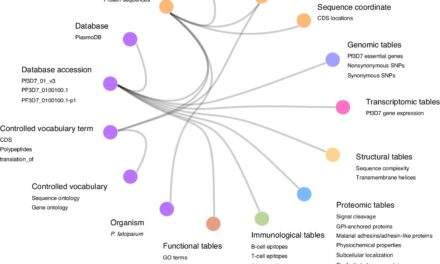A recent study conducted by researchers from University College London has shed light on the potential health risks associated with continuous exposure to the harsh blue light emitted by smartphones and LED lighting. The findings suggest that prolonged exposure to blue light could have detrimental effects on our health, raising concerns about its long-term implications.
Led by Professor Glen Jeffery, a neurosciences expert at UCL, the study highlights the imbalance caused by the prevalence of blue light in modern environments. Unlike natural sunlight, which contains a balanced spectrum of red and blue light, artificial lighting sources like LED lights emit blue-rich, red-deficient light. This disparity, according to the researchers, could lead to disruptions in the body’s natural rhythms and potentially contribute to imbalanced blood sugar levels, increasing the risk of diabetes and potentially reducing life expectancy.
The study points out the potential toxicity of prolonged exposure to blue light without the counterbalance of red light. Researchers found that excessive blue light could impair the function of mitochondria, the cellular powerhouse, affecting blood sugar regulation and accelerating the aging process. However, they discovered that a brief exposure to 670nm red light, commonly used in anti-aging treatments, significantly reduced blood sugar levels and stimulated cellular energy production, offering a promising avenue for diabetes management.
Dr. Michael Powner, a senior lecturer in neurobiology at UCL, emphasized the profound impact of light on mitochondrial function, underscoring the significance of red light therapy in controlling blood sugar levels and managing diabetes. The study adds to the growing body of evidence on the health risks associated with blue light exposure, prompting the exploration of innovative solutions like red light therapy.
With concerns also mounting about blue light’s potential harm to eyesight, many smartphone manufacturers have introduced features like ‘night mode’ to minimize blue light exposure. However, as our world becomes increasingly illuminated by LED lights, the study underscores the importance of seeking balance in light exposure and exploring alternative approaches to mitigate the health risks posed by blue light.
The research, published in the Journal of Biophotonics, serves as a crucial reminder of the need to address the invisible threats posed by modern technology-driven lifestyles and prioritize measures to safeguard our health in an increasingly illuminated world. As scientists continue to delve into the complexities of light’s impact on health, managing exposure and adopting healthy habits remain key to preserving overall well-being in the digital age.












